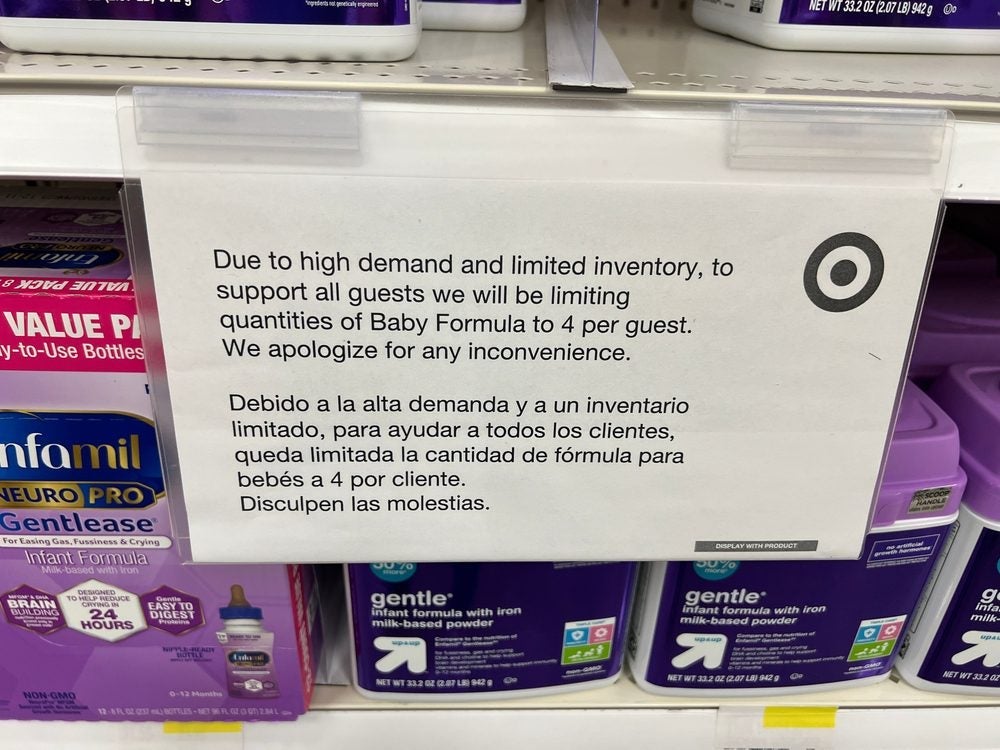6 Ways to Use Google+ for Advertising
This post isn’t about how Google+ might kill Facebook. Instead, it’s about "the unique advertising opportunities that are possible now that Google+ has arrived." Here are six ways AdWords can be implemented in Google+: 1) remarketing on Google+; 2) search directly to Google+; 3) social to search; 4) Google+, mobile and local; 5) Google+ ads based on Google Wallet payment history; 6) social ads and targeting circles. Of course, these opportunities dig up some serious privacy concerns. (Search Engine Journal, CNET)
SEO 101: Selecting Your Pages
After selecting keywords by building your target keyword list, it’s time to build an SEO strategy to match those keywords to pages on your site. This post outlines six simple steps for choosing the right pages to go after as you build your SEO campaigns. Among them are understanding what’s driving traffic and interest, seeing what’s already working for you, and tracking these pages. (Search Engine Watch)
26 Ways to Use Images to Engage Fans and Followers
Can images help you engage with customers and prospects? Absolutely. Here’s a list of 26 tips on how to use images to keep the conversation flowing. Why 26? Because this is an "A-to-Z" guide. (Social Media Examiner)
Serendipitous Search
"Serendipitous Search" is on the search horizon. "At this stage the concept is described as having the ability to present information to users before they know what they want to search for," as hinted by Marissa Mayer back in December 2009. Caffeine, Instant and Google+ are all part of the equation for realizing this product. (Econsultancy)
Media Buyers Should Approach Ad Buying Objective-First
"Today’s display ad buyer must navigate hundreds of inventory providers, including ad exchanges, ad networks and publishers, to emerge with a successful media plan. By approaching the ad buying process objective-first, media buyers can pinpoint select sources to efficiently craft display campaigns." Data from DIGIDAY and DataXu shows that different methods are best for different objectives. For example, while social media networks are good for fostering engagement, they’re not as strong with prospecting, which is where demand-side platforms are useful. (eMarketer)
Does Google+ Threaten Twitter More Than Facebook?
There’s been a lot of talk about Google+ putting a dent in Facebook, but there’s just as much, if not more, reason to see Google+ as a threat to Twitter. With the likes of Steve Rubel and Kevin Rose focusing more of their online presence on Google+, it begs the question: Will Twitter or Facebook suffer most from Google’s new social network? (GigaOM)
How Google Might Rank User-Generated Content on Google+
Search engines are faced with the challenge of ranking content found on sites relying on user-generated content. With Google+ posts and comments almost certain to make their debut in Google search results soon, it’s a good time to consider which signals Google might consider when it ranks content from Q&A sites, forums and social networks. In fact, a patent application filed by Google this past May could offer some helpful information. (SEO by the Sea)
Mobile SEO: The Good, the Bad and the Ugly
There’s no such thing as “mobile SEO” – just SEO for mobile search. Since mobile SEO is just another part of SEO, it should be treated as such. In light of that foundational assertion, here’s a look at the good ,the bad and the ugly ways sites are attempting to be “mobile SEO friendly.” (Search Engine Land)
Google+ for E-Marketers
While brands will have to wait patiently for Google+ to open their doors to company profiles, they should be considering what the social networking site may have in store for SEO and digital marketing. Here are five things to ponder: information with a human face, power to the people, tackling information overload, Sparks as the big SEO gold mine, and drawing a line between people and brands. (Search Engine Journal)
Quitting Email in Favor of Shortmail
MG Siegler of TechCrunch has publicly quite email in favor of Shortmail, the new service that limits each message to 500 characters. “Yes, it’s like Twitter for email.” It has other features too, including the ability to make conversations public. The company behind Shortmail recently raised $750,000 in Series A funding. While we wait for a way to truly blow up email and start from scratch, Shortmail is worth a look. (TechCrunch)
Promoted Tweets Entering Twitter Timelines This Summer
Twitter appears quite serious about making money. The company is set to start displaying ads in users’ timelines within the next month, which would fulfill plans that have been in place for more than a year. “Twitter is pushing a new ad product called ‘Promoted Tweets To Followers’, set to launch by early August.” (AllThingsD)
The Future of Mobile Payments
Will our phones make wallets unnecessary? PayPal and Google seem to think so. This infographic sums up what the mobile payments market looks like today, along with the major players and a rundown of how near-field communication works. (Mashable)
Google’s Schmidt Talks About Google+, Facebook and China
Google Executive Chairman and former CEO Eric Schmidt shot the breeze with some reporters last week and touched on some pressing topics. Schmidt said Google would “love to have deeper integration with Twitter and Facebook,” though that might be nothing more than wishful thinking. He also discussed the FTC probe into Google, as well as the controversy of Gmail accounts being hacked in China. (CNET)
Spotify’s U.S. Facebook Integration
Some marketing materials for Spotify includes details about the company’s plans for reaching Facebook users in the U.S. “It notes that these users will see music in their news feed and will be able to click through to subscribe to the service. The deck also notes that a Spotify tab application will allow Pages to offer their fans a music experience.” (Inside Facebook)
Why SEO Experiments Are Almost Always Invalid
“The SEO Method is to experiment, evaluate, and adjust.” However, the quality of experimentation for the SEO industry has been quite poor. Recent tests from SEOmoz and SEO.com are great examples of how not to conduct SEO tests. (SEO Theory)
How to Use Google’s Search by Image for Building Links
Google’s new Search by Image feature has some distinct advantages over traditional link-building tactics. They are: 1) the ability to get background on industry influencers and linkerati, 2) the ability to identify link opportunities by searching for popular guest posters and 3) finding coverage that didn’t result in a link. (SEOmoz)
7 Unique and Creative Uses for Google+
Google+ already has some features that set it apart from Facebook and Twitter, but here are seven ways to use Google+ that show off its versatility. Among them are using Google+ as a travel journal, blog, educational tool and bookmarking service. (The Next Web)
What Happens Now That Google Realtime Search is Gone?
Google Realtime Search was recently shuttered as the company’s agreement with Twitter expired. Here’s a rundown of what happened and what’s next for those who depended on Google’s Realtime Search. For instance, an alternative to Google Realtime Search is Topsy, “the only Twitter archive search service left standing.” (Search Engine Land)
10 Facts to Know About Mobile Marketing
Mobile marketing is in, for obvious reasons. If you’re in need of some reminders about the opportunities mobile marketing offers, here’s a list of 10 to take not of. They include: people will pay for apps, phones aren’t just phones anymore and tablets can’t be ignored. (Simply Zesty)
Good Creatives Lead to Better Display Ads
According to the vice president of mobile analytics at Nielsen, “Creative is about 70% to 80% of the effectiveness of advertising.” In addition to investing in display ad creative, marketers need to consider where their ads will appear and what message is being conveyed to consumers. (New Media and Marketing)
Digital Ad Sector Will Exceed $100 Billion by 2012
According to GroupM, online will attract a larger portion of global ad spend in 2011 than originally expected. Digital advertising will account for 17 percent of global advertising this year, exceeding the 16 percent forecasted back in December. GroupM also expects the digital ad sector to grow 15-16 percent annually, and that it will surpass $100 billion in spending worldwide by 2012. (ClickZ)
Google+ Will Shut Down Non-User Profiles
Google is telling businesses to hold off on creating business profiles on Google+ for the time being. Businesses that want to be part of a test group of non-user entities can sign up. In the meantime, Google will shut down non-user profiles. (Search Engine Land)
Facebook Adds Video Calling and Group Chat
Facebook’s anticipated announcement yesterday unveiled its partnership with Skype to bring one-on-one video chat for the social network’s users. The company also announced plans for a new group chat feature, along with a redesigned chat interface. The video chat feature pales in comparison to Google+’s feature, since it doesn’t allow for group video chatting. (MediaPost, TechCrunch)
Can Tweets and Google+ Still Influence Rankings?
With Google’s Realtime Search down for the time being, can tweets and Google+ still influence rankings? The short answer is yet, but not on their own. Here’s an overview of an experiment comparing rankings with Realtime Search up and running and with Realtime Search out of the picture, along with how Google+ affects things. “Tweets or Google shares alone don’t yet equate to long term ranking nirvana. Employing a synergistic combination of social media and technical SEO savvy provides the best recipe for success.” (SEOmoz)
Insights and Tips for Search Advertisers for Back-to-School
Back-to-school season is a huge opportunity for retailers. Trends for 2011’s back-to-school time include the employment of money-saving techniques and mobile usage. Advertisers should expand their keyword lists to include all relevant products, ensure that their bids are competitive, and test their ad copy and include incentives, among other things. (adCenter Blog)
 Network
Network

